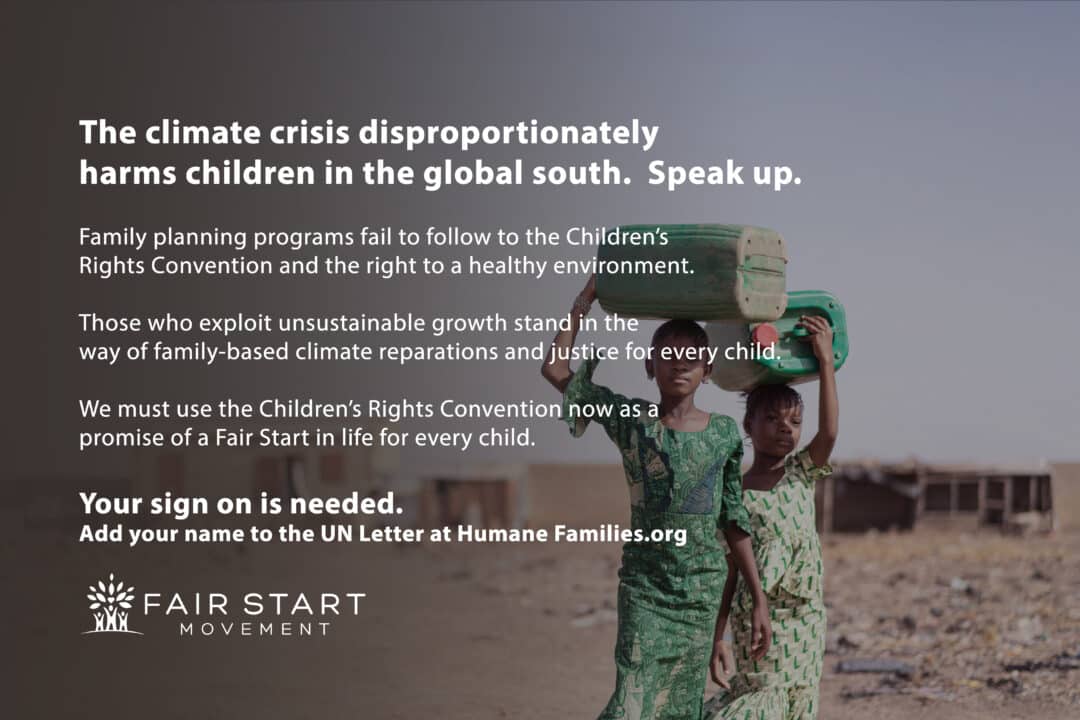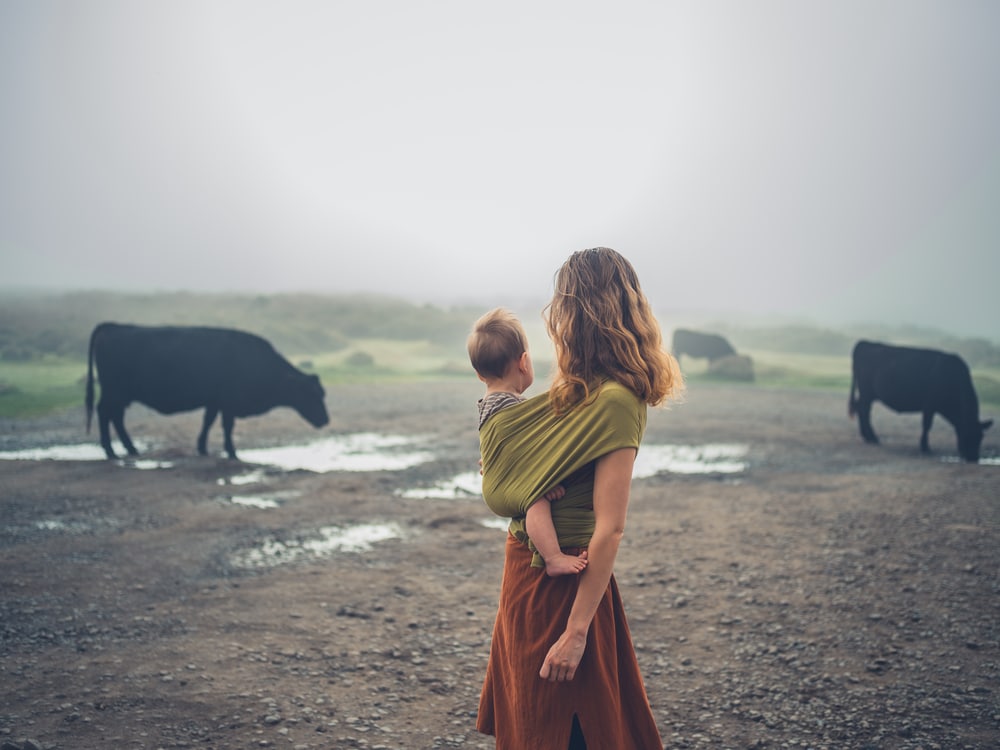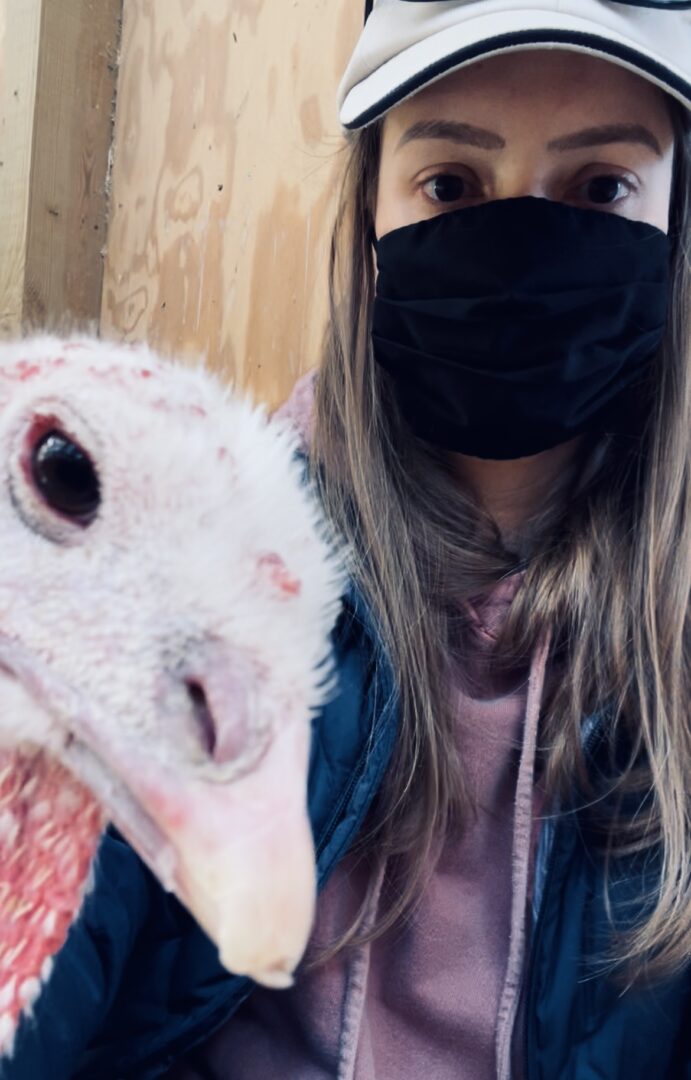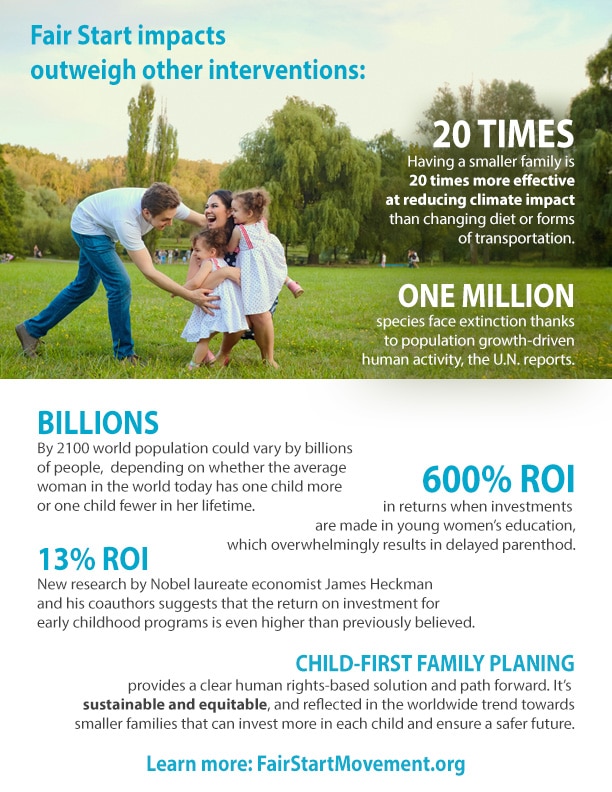Don’t get scammed about which issues really matter when it comes to protecting animals. If we take animal personhood seriously their liberation should override political processes as fundamental rights do, for example, favoring a “right to rescue” over waiting for statutory personhood. But that move in isolation may threaten chaos to some who fear change. One solution?
Based on a recent Newsweek whistleblower article, use family and equity reforms to make those processes the inclusive ideal they were meant to be, building a social contract from the zero power baseline of nonhuman autonomy, and investing enough in each child as we go to limit growth in a way that preserves the influence of each law-making / self-determining voice in our democracies.

Summary
- Most theories of animal law, rights and liberation focus myopically on immediate relations between humans and animals – like Peter Singer’s focus on diet, or the many large organization’s focus on animal cruelty laws. Few if any focus on fundamental legal or political theories, like theories of intergenerational justice or family law reforms, despite the fact that this area of inquiry and human behavior has the greatest impact on the greatest number of animals and shows clear alignment between human and nonhuman interest that surpass other areas of law. Scan “animal law” casebooks or other materials and you will see this, with no inclusion of basic legal theory concepts like political obligation, including theories that account for basic things like normativity, or that actually empower citizens.
- That gap allowed some funders and many organizations (including academic institutes) to focus on less effective work, like food systems reform, because they are less politically risky, much easier to market, and enable profitable investments in growing industries like plant-based foods. Many benefitted from this misplaced focus at cost to animals, in what one Nobel Laureate called a pyramid scheme of growth, often lying (or greenwashing) about their impacts. This went beyond ignorance, with many entities receiving animal rights funding actually urging growth, enabling things like restrictive abortion bans. Or the use of growth-based profits to fund the popularization of growth-based philosophies that undercut nonhuman autonomy and legality at the same time.

- The result is a social movement that largely ignores the fundamental driver of nonhuman animal suffering and death – the proliferation of humans over their world – the very thing that also drove the climate crisis, a thing that now threatens to cause more suffering than any human action in the history of the world. While environmental, child-welfare, and human rights and democracy movements experienced the same gap, the impact on nonhumans was the most destructive.
- Entities are thus either promoting humane families, or they are quietly causing animal suffering.
- The myopia included blindly accepting massive generational birth inequity that is tantamount to white supremacy, and embracing macro-propertyhood of the nonhuman world which was undoing the micro-personhood benefits that many animal protection organizations routinely use to fundraise. Many calling themselves animal organizations thus chose policy areas that would benefit far fewer animals than the trillions the underlying family policies they simply accepted threatened – a form of deadly fraud.
- Ask any organization or funder claiming to benefit animals how they have accounted for the impact of children being born into the world on their claims. Whether they are investing in those children, or exploiting them for growth, matters to animals. Below is a roadmap to close this gap and ensure reparative justice – the payment of actual claims – that actually liberates humans and nonhumans together by 1) inverting the movement from top down control to bottom up empowerment whereby governance is aligned with animal liberation, and 2) by temporalizing the work to account for empathy in future generations, rather than exploiting them for economic growth at cost to nonhumans.

Talking about animals rights while driving them into extinction
There are reasons to question the nature of what we often call animal law, rights, protection, welfare, etc. Just putting the word “animal” in a phrase or sentence does not help animals, and can do more harm than good.
This is a problem that can be corrected by treating animal law as inherently requiring inclusivity, and below I lay out the steps for doing so. The result is a conception of animal law that starts with our becoming, through a focus on autonomy and family reforms, a species consistent with mutual liberation. How?
We begin with the full conception of the nonhuman, liberated complete biodiversity, and the ideal of law – normativity because it is the will of the ruled. That is the genesis of unified animal personhood, and the mutuality between humans and nonhumans, and to think otherwise is to commit a fallacy.
The dominant of law, rights, welfare, protection, etc., because it can coerce results, is animal law. Impact, and for the right reasons, is what matters. Adding billions of people to the world without regard to how they will impact nonhumans, when doing that in the past created the crises we face today, and while touting laws that are riddled with exemptions and rarely enforced, is not a beneficial impact.
“Animal law” is really human law that happens to refer to animals, while excluding legal and practical protection for the vast majority of nonhumans (animals in factory farms and in research), and designating the vast majority— wildlife—as property, quietly bundled into an anthropocentric concept of the environment as a human resource designated to absorb and be altered by things like greenhouse gas emissions. That concept begins with a companion concept of future children as the property of their would-be parents that simultaneously disregards the autonomy of the nonhuman world.

That bundling is macro-propertyhood, always undoing the micro-personhood that many animal protection organizations routinely use to fundraise.
Any conception of animal law without reforming this – on balance – hurts animals, and does not address the fundamental and existential threat to nonhumans – the fact that we are replacing them.
How might our thinking of “animal law” or other terms that imply a benefit to nonhumans have been different? Were, long ago, humans to have seen themselves as equal parts of a complex ecology rather than a dominant species capable of shaping the world to its needs, we would have been obligated—in family, food, land use, and dozens of other policy areas—to limit ourselves existentially to just such an ecology.
That means smaller families, parenting delay and readiness, and redistribution to wealth to incentivize these things and ensure equal empowerment of children. This is a comprehensively effective model with a 1/2 dozen positive peer-reviews. Simply said, the same nonsense that having kids is a matter of parental autonomy rather than an interpersonal matter of constituting future societies is the same thing that degraded participatory democracy, causes mass animal suffering and extinction, triggered the climate crises, and blew a gulf between rich and the impoverished.
The solution to that, described above in bold, would have required fundamentally challenging the anthropocentric nature of our legal systems, as well as the entitlements of concentrations of wealth and power, something many of the originators of the term “animal law” and other protective terms evaded doing. To the extent Peter Singer evaded these reforms with a misleading focus on farmed animals — rather than all future animals and future persons’ relations with those animals—as the majority for whom we should be concerned if we want to maximize probability of impact, he played a large role in this misdirection. The climatological effects of that misdirection, alone, cannot be overstated, preventing family reforms that could have saved countless animal lives and creating room reforms that exacerbate the situation. Those articulating (or framing) what nature (in the case of Our Children’s Trust) or animal liberation (in the case of Singer) is, are most dangerous because they move the goalposts / cloud the ideal. Singer’s utilitarianism and focus on market preference satisfaction has enabled a humanized world. And now that the climate crisis proves he was wrong under his own standard, by likely reducing overall utility, he’s still not admitting it.
Reversing pronatal family policies now would mean a lot fewer babies being born, immediately, as the entitlements/incentives and other changes kick in (and arguably the only block to massive resource relocation is a lie about the justifiability of current entitlements that benefits us at cost to future generations). The vast majority of those babies would have not only have immediately begun to eat animals, they would have caused all the other ecocide humans cause. In a more concrete sense, the fact that our family norms would have done nothing to halt the creation of children in certain conditions, and that this in turn degrades the ecological conditions they need to survive, just seems nutty. Want to see how this works? Google this: “conviction child abuse biting,” count the stories, and you will see what I mean. If there were no way to halt these things from occurring none of this would matter. But I backing education standards into family planning and funding the process would halt them.
Media – themselves reliant on growth – generally ignore this issue, often because of conflict of interest they would not admit – the profit expectations, based on unsustainable growth, of their advertisers and parent companies.

True animal law
But nothing is “animal law” or animal-benefitting—except in the thinnest and most useless of senses—if it does not orient from their (and hence our) biodiverse and life-giving world.
In other words, there is no such thing as anthropocentric animal law, unless you want to disregard the function of law—to protect its subjects. Thinking there is commits the common mistake of trying to magically separate humans from their language and ideation as well as the ecologies in which they live, a mistake with massive consequences given the climate crisis.
The misnomer argument is true for conceptual reasons, in that a fundamentally ecocentric system necessitating smaller populations of prosocial persons would have maintained the capacity to be more reflective of its human subjects, but also practical reasons—because requiring our systems to be actually inclusive of its subjects so that they can meaningfully participate, and hence ecocentric rather than anthropocentric, would have avoided much of the climate crisis which now threatens the system such “law” was meant to protect. Surely there is no concept of law, including positivism, that would not require its obligations to actually relate to and ideally reflect the inclinations of its subjects, something dependent on their actuality, their quantities and qualities. If the core condition of positivism is to treat law as obligatory because it derives from social sources, how can we do that without first accounting for people and their role in the process, e.g. their being subject to democratic attenuation through growth?
This can be applied in family reforms but also more immediately in things like personhood reform, where we physically reject propertyhood in favor of personhood, rather than exclusively relying on and reifying “official means” and a system that treats animals as property in that hopes that such a system will magically one day liberate animals.
Direct action also has the benefit of often making moderates more included in power structures. These protest movements can often have a greater impact than large extractive organizations that silo off and rarely question the fundamental systems driving the oppression.

A pathway forward
The pathway forward is to treat an ecocentric future, and democracy where the average person maintains the quantitative and qualitative capacity to actually have an impact on the outcomes, as the precondition for the legitimacy of any norms and to alter rights and obligations accordingly. This starts with family law and policy oriented around deep ecology and equity, as a pathway towards true animal law and protection. This answers the otherwise open question left by many theorists, of who the people should be that will actually carry animal-benefitting theories into action. That pathway is animal protection in the most comprehensive sense because it actually includes the full biodiversity of nonhumans, as well as the future persons with whom they would interact.
This is a pathway that could be bricked by an untold number of activists creating compelling narratives about the next big social movement, bottom up, limiting and decentralizing human power, rather than simply waiting for institutional change to come from the top down. Bottom line? We should not take a concept like law, reasonably seen as something that is the product of participatory democracies reflective of the will their constituents, which is itself a concept consistent with animal liberation when you look at the family policies necessary to achieve such systems, and pervert it to serve neither ideal.
In my almost two decades of working in “animal law” I saw the concept become a commodity organizations would use to fundraise – regardless of whether it was on balance helping animals, as if the proliferation of people using the these two words together was what we value. It should not be. Impact, and for the right reasons, is what matters. Adding billions of people to the world without regard to how they will impact nonhumans, when doing that in the past created the crises we face today, and while touting laws that are riddled with exemptions and rarely enforced, is not a beneficial impact.
Animal law begins with fundamental/constitutive power relations that actually helps animals and legitimates legal systems, not downstream window dressing. Not dealing with those relations, and other rent-seeking moves by animal protection organizations, make their claims of progress misleading.

When I left the Animal Legal Defense Fund in 2022 we were potentially doing more harm to animals than good, promoting the idea of effective animal cruelty laws while rarely if ever prosecuting the companies engaged in the vast majority of cruelty, undercutting direct action activists while fundraising using their hard-earned content and high-risk work, opting for family and ecological baseline policies that would put many more animals in harms way than we were taking out, and alienating the crucial social justice movements we needed in order to de-silo animal rights by ignoring the need for DEIJ reforms, changes in employment policies, and unionization.
A matrix for true inclusivity and next-level DEIJ work.
All of this suggests the need for a certain matrix when thinking about animal law, which in its ideal form may simply be a perfectionist view of law itself, which is necessary if we are to actually account for the physical and day-to-day relations between powerful humans and vulnerable nonhumans. How do we maximize consent in those relations? (And yes, consent can be measured and quantified, much like utility, but unlike utility consent is primary, necessary to justify the governance that makes systems of utility – like economies – possible). Town halls precede shopping malls if actually take democracy seriously.

The matrix would have two axes. The first, 1) where personhood as consensual relations bookends one end of a continuum, would be 2) bookended on the other end by propertyhood (the total control of animals in a CAFO, unlimited procreative “autonomy” that appropriates future children, and anthropocentric approaches to environmentalism for example).
The other axis would involve tactics for changing that status, which proceed on a continuum from 1) those based on top-down and exclusionary systems of power based on things like litigation under constitutions, 2) moving towards the alternative of direct action systems that reject official obligations (like DXE‘s work) and which instead embrace bottom-up and inclusive systems of power, and 3) ending the axis with actions that incorporate intergenerational justice for the future majority like Fair Start, ecocentric environmentalism, and macro personhood – all forms of fundamental or constitutive change.

Where particular efforts land on the matrix might show 1) how seriously particular advocates take the value of consent (which might mirror decolonization efforts), 2) the probability and level of impact (hundreds of attorneys waiting decades for precedent v. thousands of activists right now telling their stories/cases on many overlapping areas of animal-benefitting state-resistant social justice), and 3) the willingness of advocates to benefit from or challenge (at personal risk) systems premised on the inextricable exploitation of nonhumans and future generations as property.
Next steps
To be specific, there are specific actions that could further the many forms of social justice, benefitting humans and nonhumans alike: Open rescues at factory farms in extremely oppressed communities timed with Fair Start resource-demand occupations targeting the concentrations of wealth and power that own the farms; climate reparation interventions targeting pro-growth interests to pay climate restoration-level amounts to ensure birth equity; flash-mob demands that executive directors at large nonprofits who shilled for concentrations of wealth and power tell the #wholetruth about what they did.
Many advocates choose to orient from and reify unjust systems that exploit animals, rather than confronting and overcoming those systems even in simple and incremental ways. But protest and other direct action movements can be more effective than the best charities, a truism that – in the context of animals – relies on the incredible transparency activists can create.
The best outcomes for animals may come from organizations across the spectrum of the axes working together, with fair levels of funding for each. That is the genesis of unified animal personhood, and the mutuality between humans and nonhumans, and to think otherwise is to commit a fallacy.
All of this is to say that if we are going to fight for animals we owe them an examination of all assumptions, and a backing out from those assumptions to assessing raw power in its naked form, and how to limit it – for their sake and ours.
TAKE ACTION: A lot of organizations and people using terms that imply the protection of animals are not actually helping animals, long run and when considering the totality of the circumstances. Urge them to tell the #wholetruth – about their approach to family policy and direct action – and encourage them to make reforms in a way that will actually help animals.

